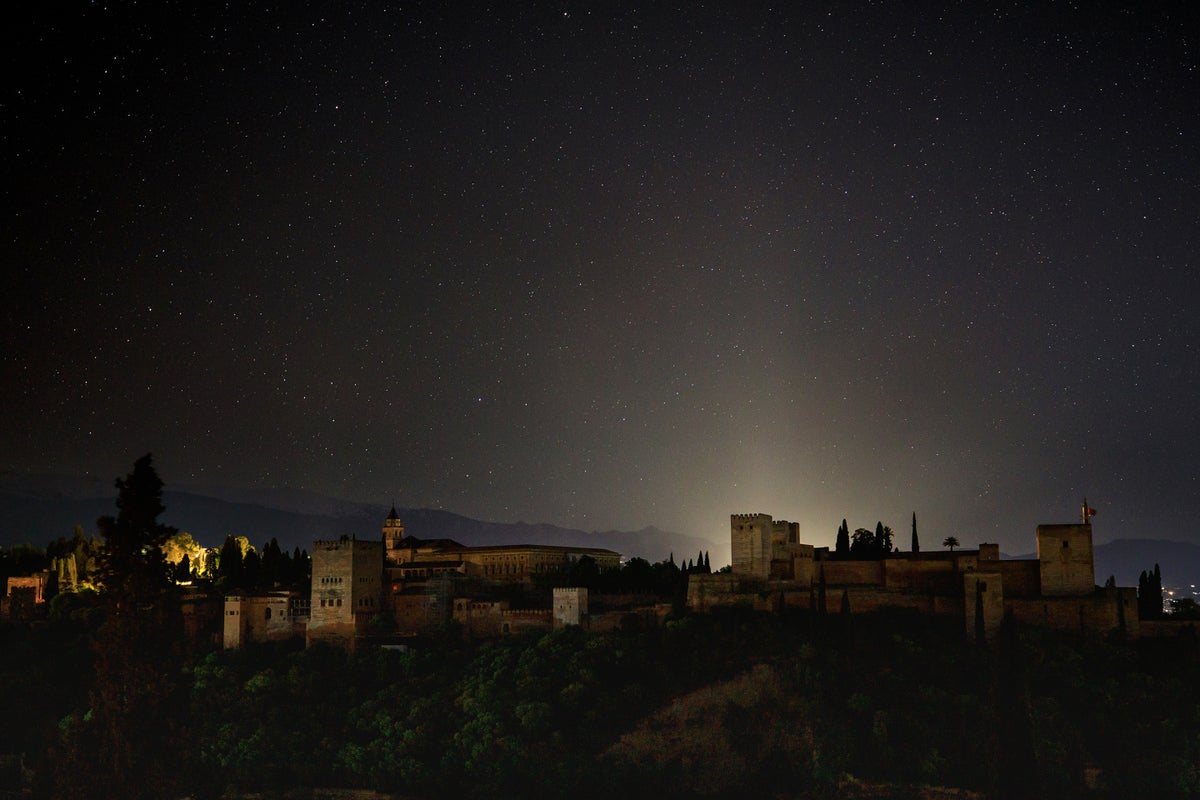Now Reading: Scientists Unveil Mysterious Glowing Structure Near Solar System
-
01
Scientists Unveil Mysterious Glowing Structure Near Solar System
Scientists Unveil Mysterious Glowing Structure Near Solar System

Quick Summary
- Finding: Astronomers discovered a massive crescent-shaped molecular gas cloud, named Eos, located just 300 light-years away.
- Composition: Eos consists of approximately 3,400 solar masses worth of gas, mainly molecular hydrogen and depleted in carbon monoxide.
- detection Method: A novel far-ultraviolet fluorescence technique was employed to detect the faint glow of molecular hydrogen directly using data from the Korean STSAT-1 satellite.
- Star Formation Insight: Eos is unlikely to form stars soon.Dispersion due to photodissociation from photon impacts may occur in about 5.7 million years unless triggered by external gravitational disturbances.
- Significance: The cloud offers insight into feedback mechanisms that regulate star formation rates, helping refine understanding of interstellar medium dynamics across galaxies.
- Research Team and Publication: Led by Blakesley Burkhart (Rutgers University) and Thavisha Dharmawardena (NYU). Findings published on April 28 in Nature Astronomy.
Indian Opinion Analysis
The discovery of Eos marks a significant milestone for astrophysical research using innovative techniques like far-ultraviolet fluorescence detection systems. For India’s burgeoning space program under ISRO (indian Space Research Organisation), this breakthrough could offer both technological inspiration and collaborative possibility as efforts shift towards advanced satellite capabilities for deep space exploration.
The identification method used here underscores the importance of investing resources into refining observational tools essential to chart hidden phenomena in our cosmic vicinity-a focus relevant as India embarks on projects such as Aditya-L1 (focused on solar studies). The implications extend beyond astronomy; understanding intricate star formation processes reinforces interconnected discoveries tied planetarily and cosmologically-shedding light even indirectly possibly useful toward resource utilization tied Nebula-adjoining-space aspirational scales read More

























